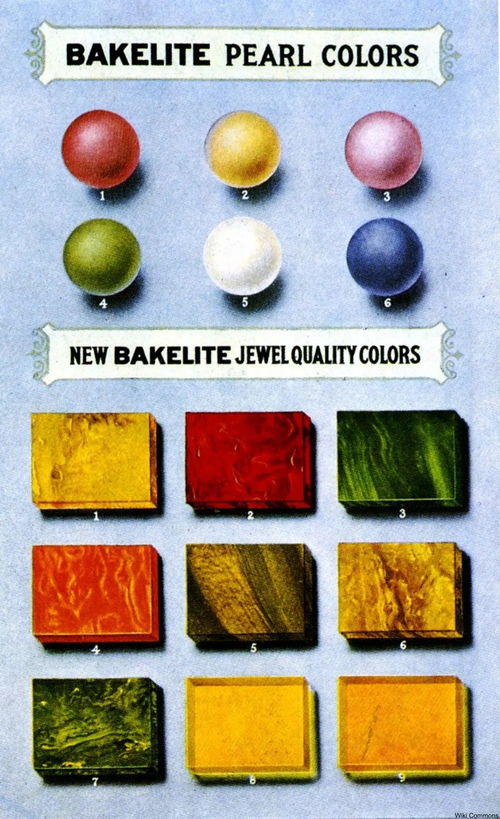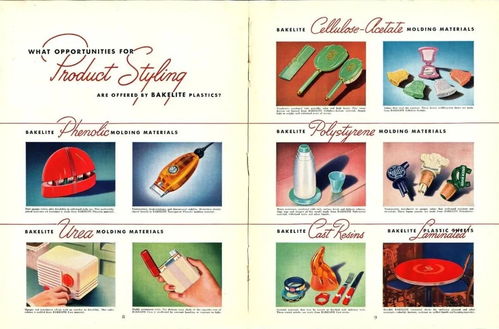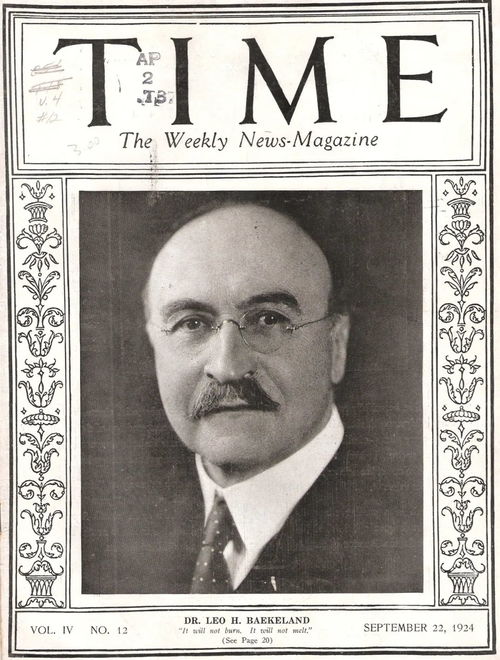
Leo Baekeland Invention: A Revolutionary Leap in Chemistry
Leo Baekeland, a Belgian-American chemist, is renowned for his groundbreaking invention of Bakelite, a synthetic plastic that revolutionized the world of materials. Born on November 14, 1863, in Ghent, Belgium, Baekeland’s journey from a humble background to a prominent figure in the field of chemistry is a testament to his perseverance and ingenuity.
Early Life and Education

Leo Baekeland’s early life was marked by financial struggles. His father, a tailor, passed away when he was just a child, leaving his mother to raise him and his siblings. Despite the hardships, Baekeland’s curiosity and passion for learning led him to pursue higher education. He attended the University of Ghent, where he earned a degree in chemistry in 1884.
The Discovery of Bakelite

After completing his studies, Baekeland moved to the United States in 1887, where he worked as a chemist for various companies. It was during his time at the Bakelite Company in 1907 that he stumbled upon the invention that would change the course of history. Baekeland was experimenting with a new method of hardening phenol-formaldehyde resin when he discovered that the mixture had cured into a hard, durable material. This material, later named Bakelite, was the first synthetic plastic and had numerous applications in various industries.
The Impact of Bakelite

Bakelite’s invention had a profound impact on various industries. Here are some of the key areas where Bakelite made a significant difference:
| Industry | Impact of Bakelite |
|---|---|
| Electronics | Bakelite was used to insulate electrical wires, making them safer and more durable. |
| Automotive | Bakelite was used in car dashboards, door panels, and other components, improving the vehicle’s aesthetics and durability. |
| Telecommunications | Bakelite was used in telephones, radios, and other communication devices, enhancing their performance and longevity. |
| Consumer Goods | Bakelite was used in the production of kitchenware, jewelry, and other consumer products, offering a durable and aesthetically pleasing alternative to traditional materials. |
Leo Baekeland’s Legacy
Leo Baekeland’s invention of Bakelite not only earned him numerous accolades but also laid the foundation for the modern plastics industry. His work inspired countless chemists and inventors to explore new materials and applications. Baekeland’s legacy is further exemplified by his numerous patents and scientific contributions, which continue to influence the field of chemistry today.
Personal Life and Later Years
Despite his success in the scientific world, Leo Baekeland’s personal life was marked by tragedy. His first wife, Bertha, passed away in 1907, the same year he invented Bakelite. He later remarried and had two children. Baekeland’s later years were spent in his home in New York, where he continued his scientific pursuits and philanthropic endeavors. He passed away on November 2, 1944, at the age of 80.
Conclusion
Leo Baekeland’s invention of Bakelite is a testament to the power of innovation and perseverance. His groundbreaking work in the field of chemistry has left an indelible mark on the world, and his legacy continues to inspire future generations of scientists and inventors.





